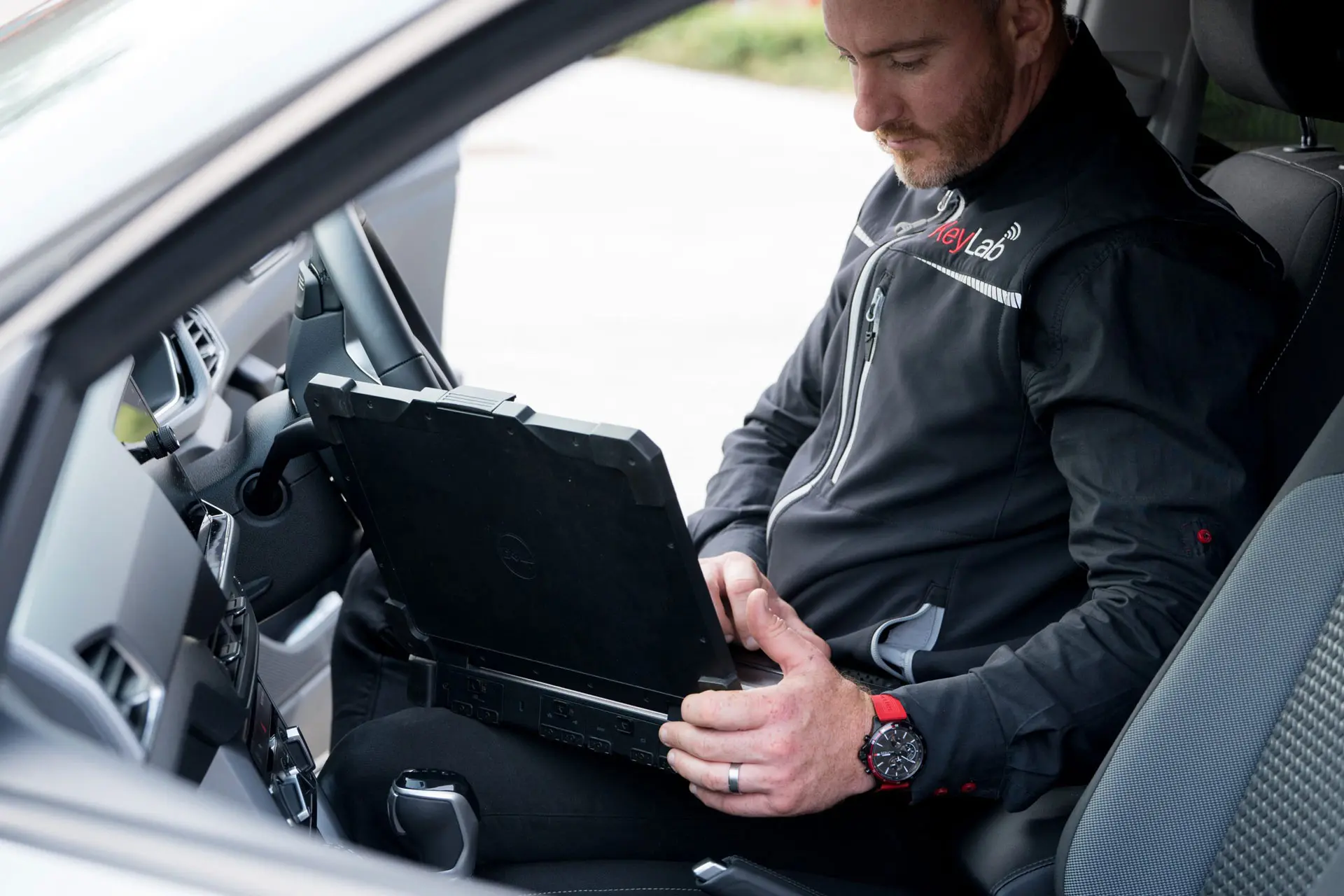10 Quick Tips For Car Key Jammed

Car Key Jammed: Causes, Solutions, and Preventive Measures
A car key jammed in the ignition is a common dilemma faced by vehicle owners. The frustration frequently escalates when individuals are pushed for time or need instant access to their vehicle. This article aims to offer extensive assistance on understanding the causes behind a jammed key, possible solutions to solve the problem, and preventive procedures to avoid recurrence in the future.
Comprehending the Causes of a Jammed Car Key
A car key may become jammed in the ignition for various reasons. A few of these causes include:
| Cause | Description |
|---|---|
| Damaged Key | A key that has become worn could struggle to fit properly within the ignition. |
| Ignition Cylinder Issues | Dirt, debris, or damage within the ignition cylinder can block the key. |
| Steering Wheel Lock | If the steering wheel is locked, it can avoid the key from turning or being removed. |
| Electrical System Malfunction | Malfunctioning electrical connections or problems with the ignition switch can trigger problems. |
| Winter | Exceptionally low temperatures can cause condensation to freeze within the ignition system. |
Determining the Problem
Before applying any solutions, it is crucial to diagnose the issue clearly. The following list can help in determining the underlying problem:
- Check the Steering Wheel: If the guiding wheel is locked, gently turn it while trying to get rid of the key.
- Examine the Key: Examine the key for signs of wear and tear, or bending which may prevent correct functionality.
- Evaluate the Ignition Cylinder: Look for noticeable particles or internal breakdowns that could be causing the jam.
- Temperature level Check: Consider the climate conditions. Is it abnormally cold, which could impact ignition functionality?
Solutions for a Jammed Car Key
When the root cause has been established, several solutions can be used to deal with the jammed key concern.
Immediate Solutions
- Gentle Wiggling: Attempt to gently wiggle the key while trying to turn or pull it out. Prevent using excessive force to prevent damage.
- Lubrication: Applying a small amount of graphite or silicone lubricant can help loosen a stuck key. Spray or insert it into the ignition cylinder carefully.
- Use Pliers: If the key's head is available, utilizing pliers may supply the required grip to pull the key out without much force.
- Battery Disconnect: If the key is stubbornly stuck, disconnecting the vehicle battery for a couple of minutes may reset the electrical parts.
Long-lasting Solutions
If the issue continues or repeats regularly, think about the following actions:
- Key Replacement: If the key is broken, it might be needed to change it. Visit a locksmith or your car dealership for a brand-new key.
- Ignition Cylinder Replacement: In cases of extreme damage or frequent jams, changing the ignition cylinder itself may be required.
- Expert Assessment: When DIY efforts fail, seeking support from an expert mechanic is recommended. They can detect and repair deeper concerns within the car's ignition or electrical system.
| Solution | When to Use |
|---|---|
| Mild Wiggling | When the key is slightly stuck but seems functional. |
| Lubrication | If the ignition appears dirty or the key is difficult to turn. |
| Usage Pliers | When the key head is available and there's a noticeable grip. |
| Professional Assessment | When all DIY means stop working or when deeper mechanical/electrical concerns are suspected. |
Preventive Measures
To avoid potential problems in the future, vehicle owners can utilize a number of preventative strategies:
- Regular Maintenance: Schedule regular evaluations of your vehicle's ignition system to make sure everything is operating optimally.
- Key Care: Handle car keys with care, preventing dropping them or exposing them to wetness and severe chemicals.
- Temperature Management: Protect the car from severe weather whenever possible. Think about utilizing a garage for parking during serious cold or heat.
- Regular Lubrication: Regularly apply lubricants to the ignition cylinder and key, assisting avoid dust buildup and guaranteeing smoother operation.
Often Asked Questions (FAQs)
Q1: Can I use oil to lubricate my car key or ignition?
A1: It is not recommended to use oil, as it can attract dirt and particles. Instead, use dry silicone or graphite-based lubricants.
Q2: What should I do if my key breaks off in the ignition?
A2: If a key breaks off, do not try to get rid of the broken piece yourself. keyless entry battery replacement from an expert locksmith or mechanic.
Q3: Is it safe to use excessive force to try and get rid of a jammed key?
A3: No, using extreme force can harm the ignition cylinder or the key, resulting in more considerable concerns and potentially costing more in repairs.
Q4: How can I tell if my ignition cylinder requires to be changed?
A4: If you often experience key jamming, problem in turning the key, or persistent electrical problems in beginning the vehicle, it may be time for a replacement.
A jammed car key can be an inconvenient and discouraging scenario for any vehicle owner. By comprehending the underlying causes, implementing the right solutions, and embracing preventive procedures, individuals can alleviate the possibility of facing this problem in the future. When all else stops working, seeking expert support ensures that the problem is efficiently fixed, allowing you to go back to stress-free driving.

